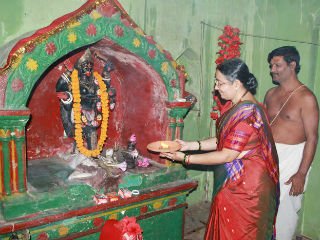Devotees faith in their wishes getting fulfilled if the idol in the Bhaleyi Mata temple in Himachal Pradesh sweats
Devotees of Bhaleyi Mata in Himachal Pradesh have a strong faith that if Her idol sweats then it is an indicator of fulfilment of their wishes. This temple is situated 40 kilometres away from the Chamba District of Himachal Pradesh and is centuries old.










